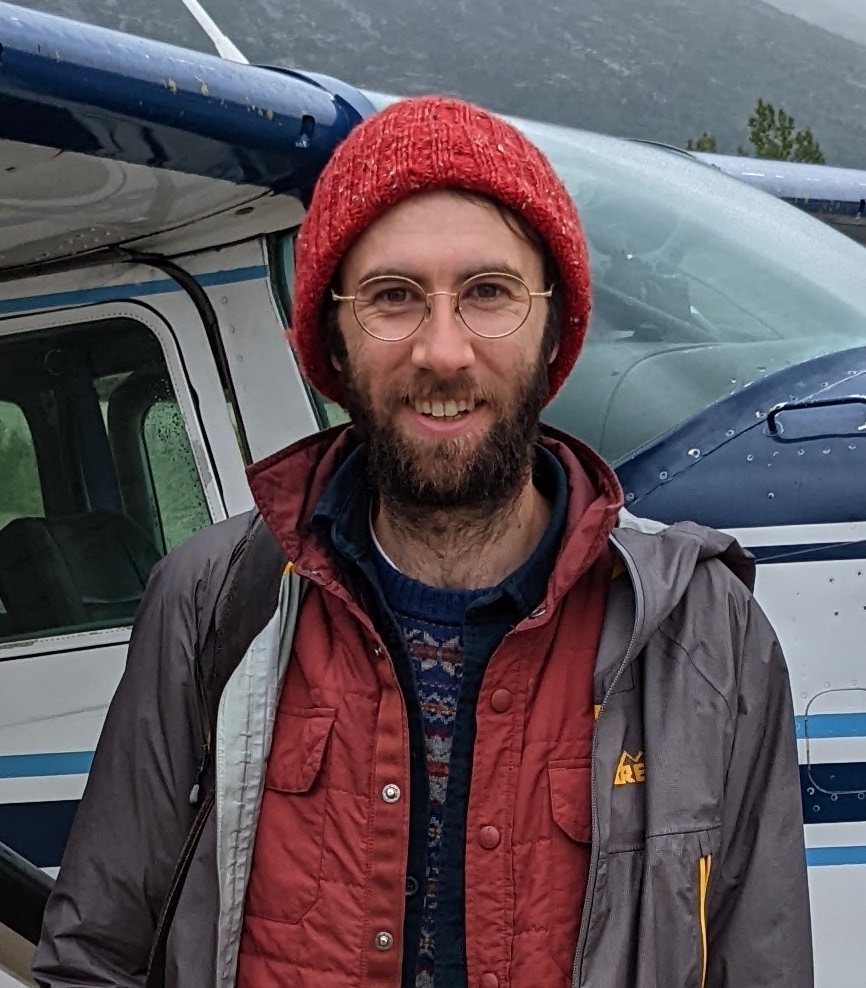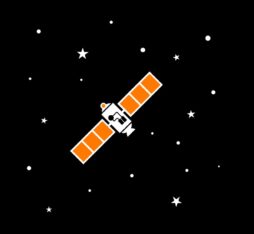● With his research team, Ben Koger has developed a method that makes it possible to analyze the behaviour of several animals at the same time and even to understand their trajectories and their environment.
● These new tools could, for example, enable nature reserve managers to better understand the behaviour of animals before introducing changes to their environment so as to generate as little stress as possible.
It is easy to distinguish between zebras and other animals if you see them from in front. However, if you see them from a plane or in high-resolution images from a drone or a satellite, the task is much more difficult. Nuances of this kind have posed an obstacle to the use of drones for the collection of data on wildlife, their different species, their social environments, especially if the area in which they live is located in challenging terrain. However, progress in artificial intelligence has now reached a point where researchers will no longer need to catch animals and tag them with GPS trackers before they can be studied, and this may well prove to be a game changer: “We have developed a method that enables us to use drones to collect a wide range of data on animals and their environment, notably on their behaviour and location”, explains Ben Koger, a researcher at the Max Planck Institute of Animal Behaviour. At the same time, the system has the capacity to map the area surrounding the animals in 3D. For this research project, Ben Koger and his team developed deep learning and machine-learning algorithms to process video from two drones, which were deployed in overlapping relays to conduct continuous observation for periods of 50 minutes over nature reserves in Kenya. The method developed by the researchers can be adapted to take into account different types of drones and video resolutions, while the machine-learning tools allow for the creation of computer vision.
Paving the way for a new era in the study of animal behaviour and sensory ecology
Boosting the potential for scientific research
“Today, if we are interested in the precise monitoring of multiple animals and, at the same time, want to be able to indentify all of the individual members of groups, approaches reliant on human observation and handwritten notes are not enough. Deep learning enables us to track multiple animals simultaneously, classify individuals by species and age–sex class, estimate individuals’ body postures (poses) and extract environmental features, including the topography of the landscape and animal trails.” The researchers who participated in the project are convinced that it will pave the way for a new era in the study of animal behaviour and . “If you are managing a reserve and you have to build a road or a railroad, you need to know which paths the animals take to obtain water. Depending on the day or the weather, some will go to one source or another. The data we collect provides enough information to understand the effects of environmental changes and to limit their impact.” The idea, explains the researcher, is to understand behavioural decisions on a smaller scale, for example, in terms of changes in animals’ posture, which indicates their level of stress.

An innovation that requires ethical oversight
This new approach to biology is just the beginning for the researcher, who is hoping to improve the usability of his tools, which are not as yet designed to be plug and play. “Over the next ten years, artificial intelligence will enable us to discover all kinds of exciting things about natural environments. For example, mussels move and have specific behaviours that we will soon be able to study. Using these technologies will be like having a million researchers taking notes during a field observation instead of just one.”
However, this positive news for scientific research also raises other questions: “If you are a poacher with a drone, access to our system will make it much easier to spot rhinos”, warns Ben Koger, which is why ethical oversight of these technologies, even if they do not necessarily involve any human interaction, will continue to remain important.
This interdisciplinary research field focuses on the manner in which organisms acquire sensory information and how they respond to it when interacting with their terrestrial or marine environment.











